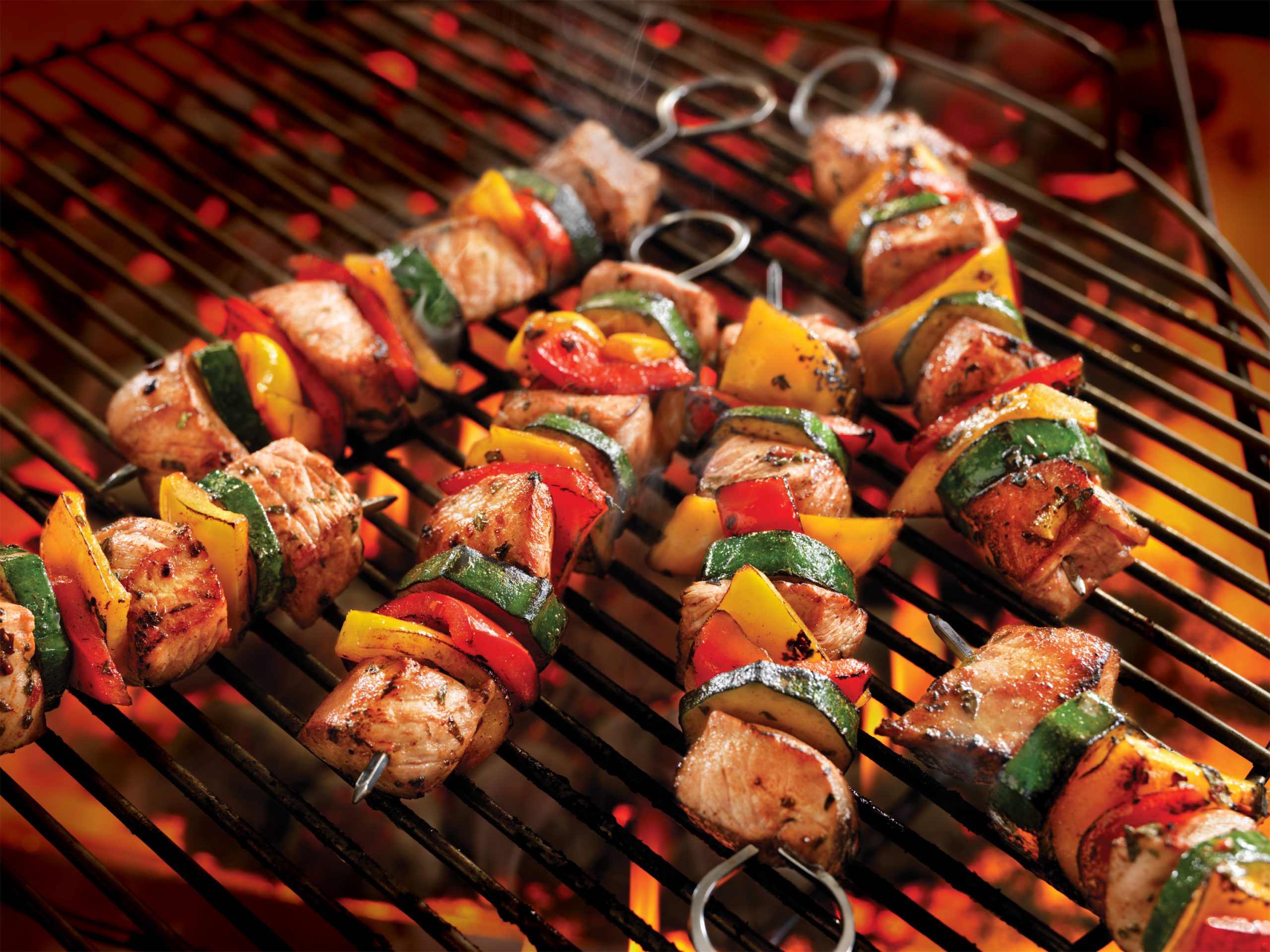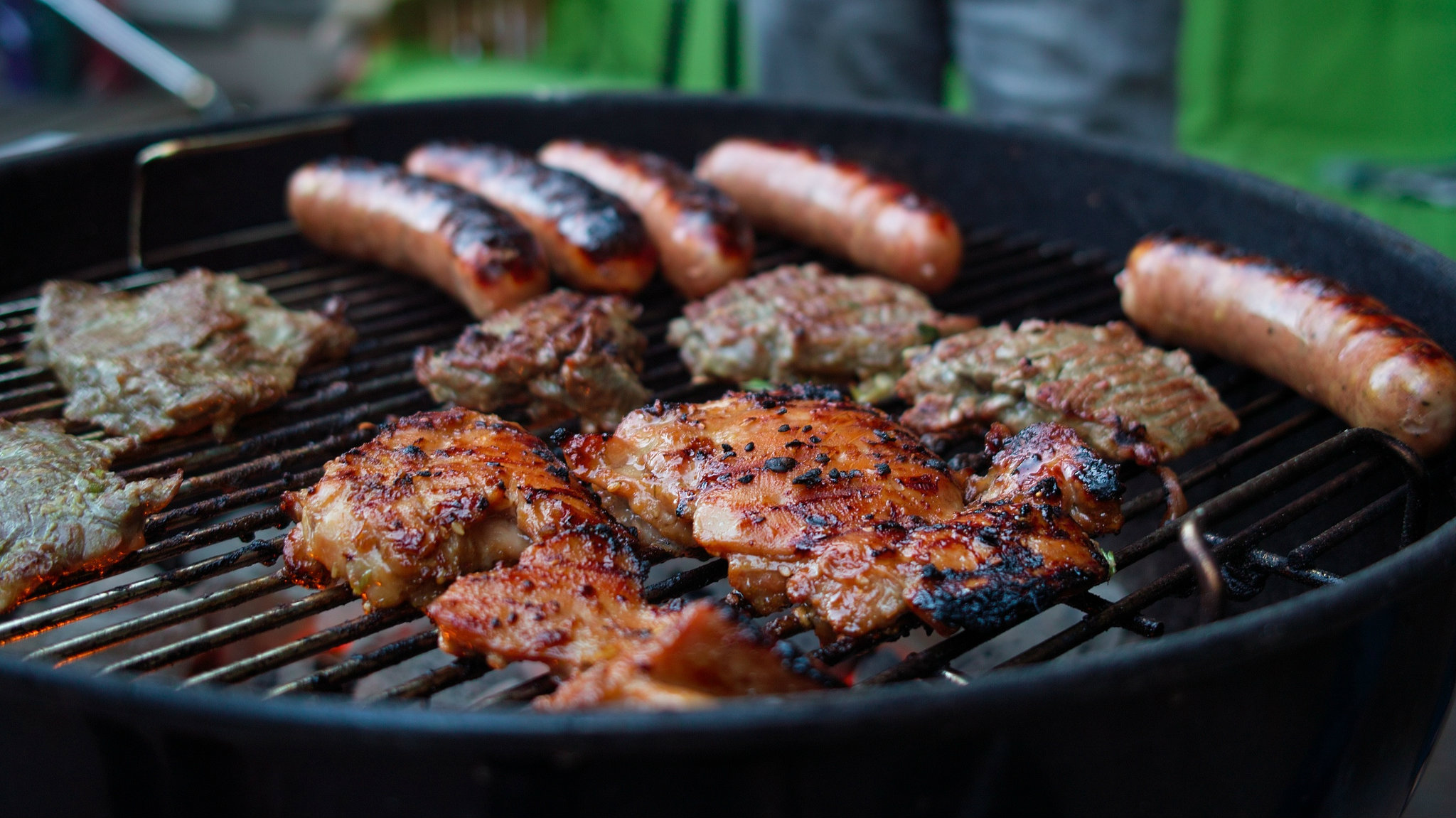For BBQ aficionados, the art of grilling is more than just a cooking method; it’s a passion, a pursuit of flavor perfection that begins with the foundation-charcoal. While commercial charcoal is readily available, the journey to true BBQ mastery often involves delving into the world of homemade charcoal production. In this comprehensive guide, we’ll explore the techniques, science, and secrets behind crafting your own charcoal, empowering you to elevate your grilling game and become the ultimate BBQ aficionado. The BBQ charcoal making machine is a suitable machine for making BBQ charcoal.

BBQ
The Charcoal Basics
Understanding Charcoal’s Role in BBQ
Charcoal is not just a source of heat for grilling; it’s a flavor enhancer. Unlike gas grills, charcoal imparts a distinct smoky flavor to your food, creating that sought-after BBQ essence. Homemade charcoal takes this experience to the next level, allowing you to customize the flavor profile and achieve a level of authenticity that commercial briquettes can’t match.
The Science of Charcoal Combustion
To grill it right, understanding the science behind charcoal combustion is crucial. Charcoal is essentially carbonized wood, and when heated, it undergoes combustion, releasing energy in the form of heat. The temperature and duration of this combustion process influence the characteristics of the resulting charcoal, including its heat intensity and flavor impact.
Choosing the Right Wood for Homemade Charcoal
Hardwoods vs. Softwoods
The choice of wood plays a pivotal role in portable biochar maker. Hardwoods, such as oak, hickory, or fruitwoods, are favored for their density and ability to produce high-quality charcoal with a long burn time. Softwoods, like pine or cedar, burn faster and can impart resinous flavors that may not be ideal for all types of grilling.
Flavor Profiles of Different Woods
Each type of wood contributes unique flavors to the charcoal and, consequently, to your BBQ. Mesquite offers a bold, robust flavor, while fruitwoods like apple or cherry provide a sweet and fruity undertone. Experimenting with various wood types allows you to tailor the flavor of your homemade charcoal to suit different dishes and preferences.
DIY Charcoal Production Techniques
Traditional Charcoal Pits
The Earth Mound Method: This ancient technique involves creating a mound of wood, covering it with soil, and allowing it to smolder. It’s a slow process that requires careful monitoring, but it results in high-quality, natural charcoal.
Kiln Charcoal Production: Constructing a kiln involves stacking wood in airtight chambers and heating it slowly. This controlled environment yields consistent charcoal with minimal impurities.
Homemade Charcoal Briquettes
Binder-Free Briquettes: Combining wood chips with a binder-free substance like flour or starch allows you to create homemade briquettes. These can be shaped using molds and provide a convenient and uniform option for grilling.
Herb-Infused Charcoal: Elevate your charcoal production by infusing herbs or spices into the wood during the carbonization process. This adds an extra layer of flavor to your charcoal and, consequently, to your grilled dishes.
Metal Drum Charcoal Production
Drum Method: Using a metal drum, you can create a simple and effective charcoal production setup. Wood is loaded into the drum, and a controlled burn produces high-quality charcoal.
Double Drum Method: This method involves two drums-one for burning the wood and the other for collecting the charcoal. It provides better control over the combustion process and results in consistent charcoal.

Charcoal for BBQ
Controlling Combustion for Quality Charcoal
Temperature Control
Controlling the temperature during the combustion process is crucial for achieving high-quality charcoal. Too high a temperature can result in excessive ash and impurities, while too low a temperature may yield undercarbonized wood.
Oxygen Regulation
Oxygen plays a critical role in combustion. By regulating airflow during the charcoal production process, you can control the rate of combustion and achieve the desired level of carbonization. Experimenting with different airflow configurations allows you to fine-tune your homemade charcoal.
Monitoring Wood Moisture Content
High moisture content in the wood can impede combustion and lead to incomplete carbonization. Ideally, wood for charcoal production should be seasoned or dried to a specific moisture level, ensuring efficient combustion and consistent charcoal quality.
Quality Control: Assessing Homemade Charcoal
Visual Inspection
Visual cues are indicative of charcoal quality. Well-made charcoal should have a consistent appearance, free from excessive ash or uncarbonized wood. The color of the charcoal, typically black or dark gray, reflects the degree of carbonization.
Sound Test
Gently tapping two pieces of charcoal together produces a distinct sound. High-quality charcoal tends to produce a sharp, metallic sound, indicating a dense and well-carbonized structure.
Burn Rate and Heat Intensity
Testing the burn rate and heat intensity of your homemade charcoal is essential for understanding its performance. Consistent heat and a steady burn are key indicators of well-made charcoal.
The Art of Flavor Infusion
Soaking Wood Chips in Flavorful Liquids
Elevate the flavor of your BBQ by infusing wood chips with flavorful liquids before adding them to your charcoal. Options include beer, wine, fruit juices, or even marinades. This additional layer of flavor adds complexity to your grilling experience.
Herb and Spice Smokes
Experimenting with herb and spice smokes introduces aromatic elements to your BBQ. Lavender, rosemary, or even cinnamon sticks can be added to the charcoal for a unique and fragrant touch to your grilled dishes.
Tips for Safe and Efficient Homemade Charcoal Production
Safety Considerations
Ventilation: Ensure proper ventilation in the charcoal production area to avoid the buildup of harmful gases.
Fire Safety: Keep fire safety measures in place, including fire extinguishers and emergency plans.
Protective Gear: Wear appropriate protective gear, including gloves and eye protection, when handling hot materials.
Environmental Impact
Sustainable Wood Sourcing: Choose sustainably sourced wood to minimize the environmental impact of charcoal production.
Waste Utilization: Explore ways to utilize by-products, such as wood ash, for gardening or composting.
Equipment Maintenance
Regularly maintain coconut charcoal machine, such as kilns or drums, to ensure consistent performance and safe operation.
Conclusion: Mastering the Art of Homemade Charcoal
In the world of BBQ, mastering the art of homemade charcoal production is a journey of experimentation, science, and flavor exploration. By understanding the nuances of wood selection, combustion control, and flavor infusion, you can elevate your grilling experience to new heights. So, grill it right-craft your own charcoal, experiment with flavors, and savor the satisfaction of creating BBQ masterpieces that reflect your unique style and passion for the grill. Happy grilling!